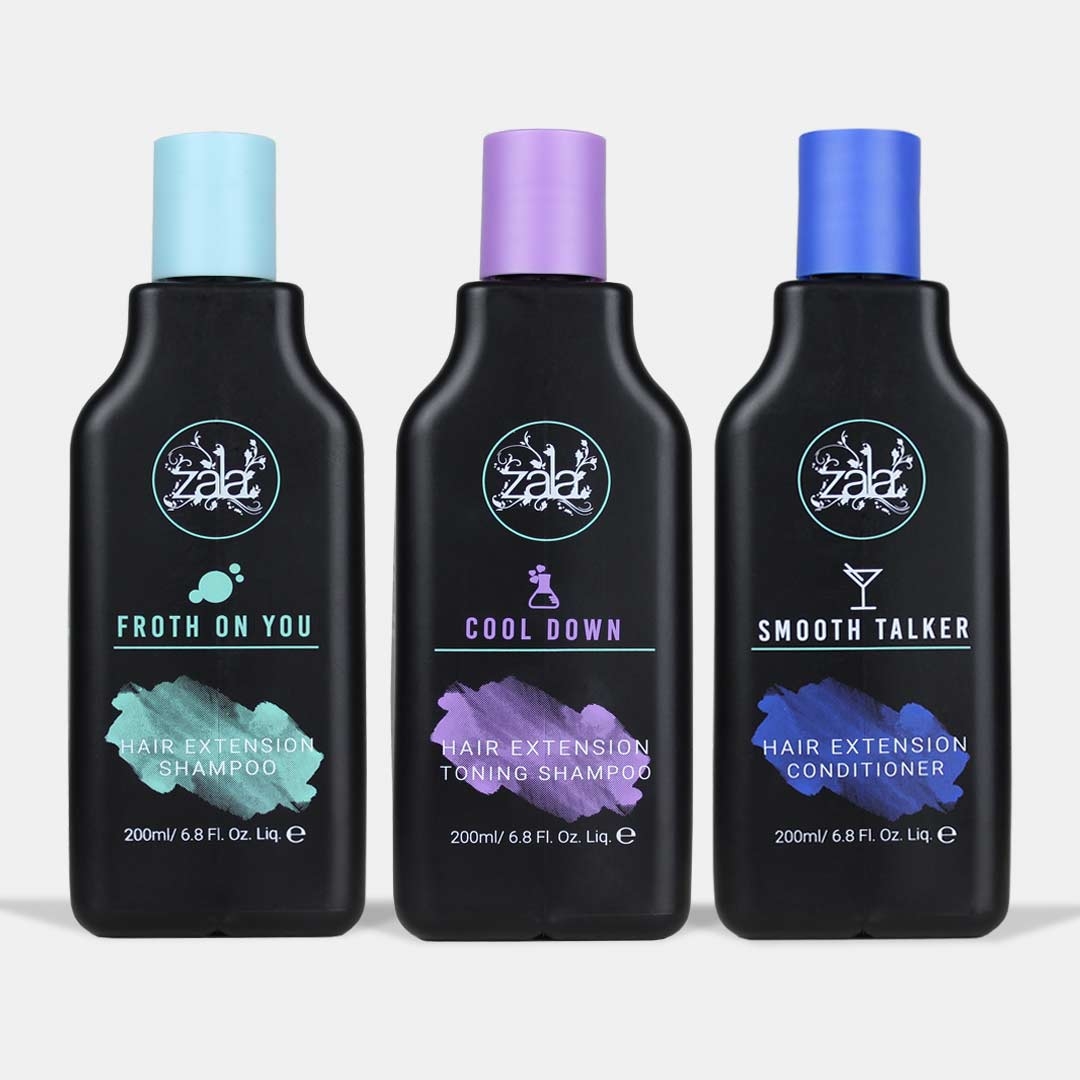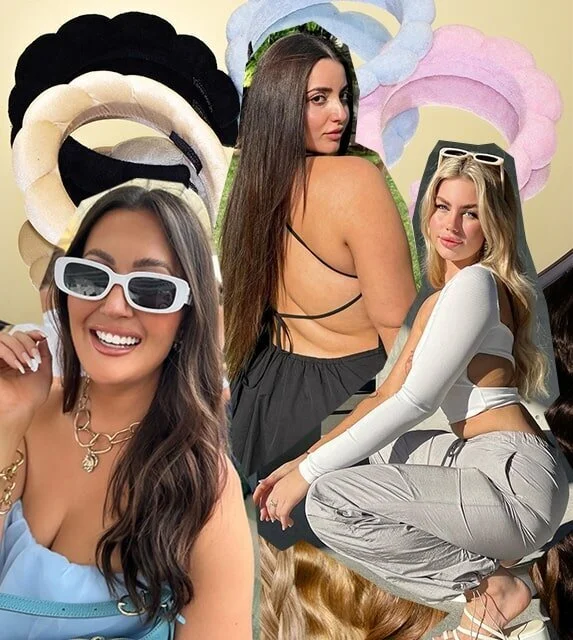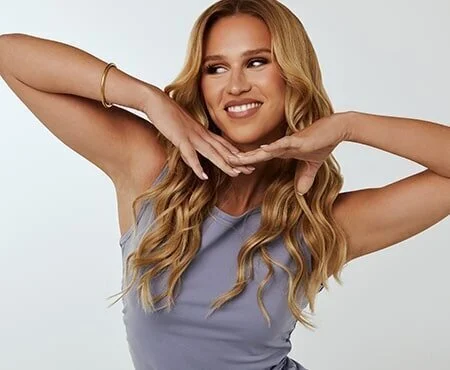Hairstyle Terms You Need To Know
Nothing feels better than a fresh new hairstyle from our favorite salon. However, it’s also not uncommon to experience instances where you get a hairdo that wasn’t to your liking. Of course, it’s important to remember that if you want to get the exact hairstyle that you want, you have to know the exact terminology to use.
Here are some hairstyle terms you need to know for your next salon visit!

Highlights, Ombre, Balayage
These three terms all refer to the style of your hair color. Highlights typically mean variations in your hair color, sometimes even just a single streak. Ombre hair is darker at the roots and lighter at the ends. Balayage means that some sections of your hair are a different color from the others.
Layered, One-Length, Asymmetrical
Layered hair means that your hair will be of different lengths. Having your hair layered is a good way to make your hair look thicker and add some volume. One-length hairstyles are equally cut at the ends. Asymmetrical, on the other hand, means that your hair length is not equal for either side. For instance, your hair is asymmetrical if the left side is longer than the right side.
Dusting, Thinning, Trimming
Have you ever experienced going to a salon for a trim and then coming out with hair that’s 4 inches shorter?
That’s because ‘trimming’ doesn’t mean what a lot of people think it means, which is “just cutting off the ends”. Trimming means the regular cutting needed to remove and prevent split ends. It can be anywhere from an inch to 5 inches and even more, depending on how much your hair needs to be cut.
If all you want is to cut off the very ends, you should probably request for dusting rather than trimming. Dusting refers to a quarter-inch cutting of your hair. The term comes from how the cut ends look more like dust than actual trimmings. Meanwhile, if you want to just reduce the bulkiness of your hair, you can also request for thinning. Hair stylists use thinning shears in order to create fine layers that can add dimension to your locks.
Overdirecting
Overdirecting can mean a few things, but they all include lifting the hair and then flipping it over to one side to create volume and body. It can be used to refer to a method in blow-drying or even in cutting, for example.
Choppy, Chunky, Wispy
These terms are all used as descriptors for your haircut. You can use these terms in order to help your hairstylist understand what you want better.
Choppy describes a cut that has short layers, think shoulder-length cuts and bob cuts. Chunky, meanwhile, is when your hair is cut into large pieces rather than even and straight. Wispy means textured hair that has ends pointing in different directions. It could also refer to a style of bangs that is cut very soft and thin.
Blunt, Graduated, Wedge, Gamine
The next terms refer to the type of cut that you want. A blunt cut is one that is cut at 0 degrees angle, which means every single strand is just one length. A graduated cut has layers, oftentimes cut at no less than 90 degrees. Wedge haircuts also have layers, although they can’t be greater than 90 degrees. Lastly, gamine is used to refer to cuts that are quite short but sassy. For example, a pixie cut could be described as gamine.
These are just some of the terms used, but they’re certainly some of the most important hairstyle terms you need to know.
For more hair tips and tricks, don’t forget to check out our ZALA blog!




